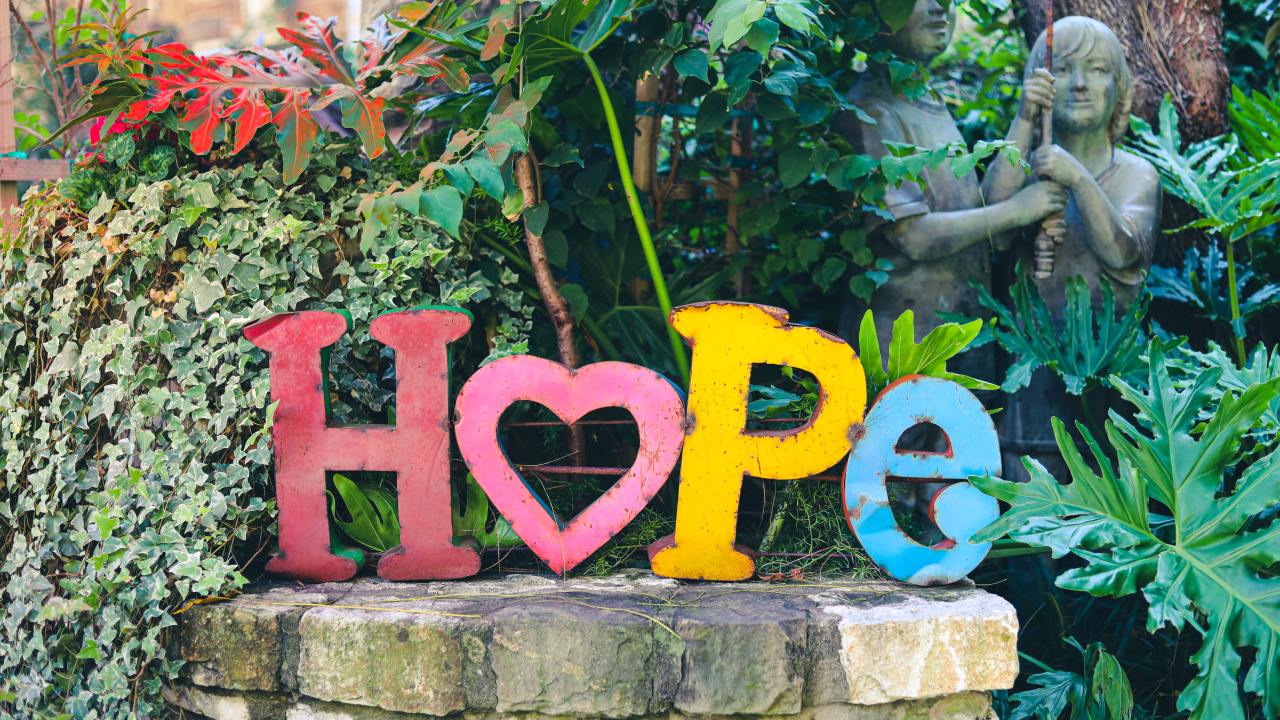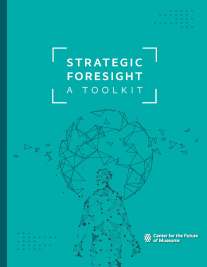
Reporters at Axios recently summarized data documenting a steep drop-off in news consumption in the past six months. Evidently, the relentless thunder of traumatic events is driving more and more people offline in an effort to preserve their own mental health. Two years ago, I published some advice on how to engage in healthy news consumption in order to stay engaged with important events while minimizing psychic damage. That post focused on filtering your existing feeds—selecting useful information (even if it is stressful) while dodging a tsunami of negative stories that bring you down without providing any new, actionable information. Kind of like closing your eyes during a scary movie, while peeking often enough to follow the plot.
Today I’m suggesting a strategy that’s more like finding different movies—still on topic but triggering fewer stress hormones. Rather than shutting down entirely (per the Axios report), you can actively seek out substantive, relevant news that fosters hope for the future. Consuming good news is important: optimism is good for your mental and physical health, and revitalizing your brain with even a few good things can motivate you to stay engaged with the world. For example, even though up to 98 percent of environmental news stories are negative (Extinction! Rising seas! Destruction of the rain forest!), proponents of “climate positivity” find that stories about small wins and successful projects can cultivate a sense of agency and inspire people to act. While it may be tempting to retreat into a dark closet until the world begins to heal, you can play an important part in the healing process, if you can only maintain your energy and will. Where can you find positive stories that keep you engaged and informed?
Follow some sites devoted to good news
There are plenty of sites devoted to aggregating or reporting on uplifting stories, but most are the news equivalent of junk food, tasty rather than nutritious, serving up feel-good human interest (“Women Finds $36K in Free Craigslist Sofa–And Never Considered Keeping Money for Herself!”) and cute animal stories (Eagle Decides He Wants the Hawk For a Sibling, Rather than a Meal—WATCH). However, with some picking and choosing you can find sources of significant positivity about weighty issues such as politics, the environment, technology, and culture.
My current favorite is Positive News, which describes itself as “the magazine for good journalism about good things.” Its reporters practice what they call constructive journalism, “counteracting doom and gloom with a focus on progress, possibilities, and solutions.” Sections include society, environment, lifestyle, science, and economics. Based in London, the magazine is somewhat UK-centric but encompasses global news as well. Museums pop up periodically, for example coverage of the Happy Museum project. If nothing else, you might follow their positive news roundup, What Went Right This Week. Last week that included legislation in India to ban plastic waste, a victory for indigenous and environmental rights in Ecuador, movement in Sierra Leone towards protection of reproductive rights, and the launch of giant “sand battery” in Vatajankoski, Finland that redistributes heat from summer to winter. The Optimist Daily has a higher fluff ratio than Positive News but includes some useful topic channels. I often check out their news on climate action, corporate social responsibility, and good governance. (Their arts & culture section is relatively light, though they did recently cover the Institute of Digital Technology’s proposal to swap in 3-D printed models for the Elgin Marbles at the British Museum, while the originals return to Greece.)
There are some topic-specific good news sites as well. The Daily Climate is a publication of the policy nonprofit Environmental Health Sciences. As you might imagine, their site features its share of grim projections, but takes a positive outlook overall, with one section explicitly devoted to good news. (Inspired by coral reefs, researchers are harnessing algae to grow concrete, which could make new construction carbon-neutral. Pretty cool, right?) The Stanford Social Innovation Review, published by the Stanford Center on Philanthropy and Civil Society at Stanford University, aims to “inspire the field of social innovation by seeking out, cultivating, and disseminating the best in research- and practice-based knowledge.” I often find interesting, uplifting stories in the sections devoted to arts & culture, civic engagement, and nonprofits & NGOs. (One recent example “Using the Metaverse to Connect and Protect the Natural World.” The Nike )
Once you’ve found your favorite good new sites, you can choose to engage by visiting them on a regular basis, subscribing to newsletters, or adding them to your newsfeed via their RSS link.
Find your happy search terms
You probably have particular areas of interest, inside or outside of the museum field. While this may entail engaging in fraught, contentious issues, within any movement for change there may be terms associated with hopeful signals of the future. I run news searches on such terms on a regular basis, including:
- Living wage (or) Guaranteed income (or) Universal Basic Income
- Age-friendly design
- Creative aging
- Afrofuturism (or) African Futurism (or) Indigenous Futurism
- Happiness
- Empathy
- Smellscape
- Museum school
If the results are too scattershot, I may refine the search by throwing in “+research” or “+museum.” (Note that many of these words and terms are also hashtags on social media, as well. #Afrofuturism and #agefriendly, for example.)
Both these strategies–frequenting good news sites and searching on happy terms–can help you sustain healthy engagement with the world. Cultivating news positivity creates a functional midpoint between unfiltered consumption (and resulting stress), and complete detachment (with attendant risks of apathy and inaction).
Take a few minutes to care for yourself today
So, here’s today’s self-care prescription: take a few minutes to browse and bookmark a good news site, and start your own list of search terms likely to find stories that cultivate optimism. In coming weeks, when you find a story that fuels your ability to engage with the world, send it out into the world (by social media, or dropped into conversation) to spread that care to others, as well.
(And if you are extra-stressed, watch the baby eagle/hawk video. It is, I admit, pretty dang cute.)
The AAM Strategic Foresight Toolkit includes a tutorial and exercises to help you optimize your news consumption, and use your reading to improve your planning









